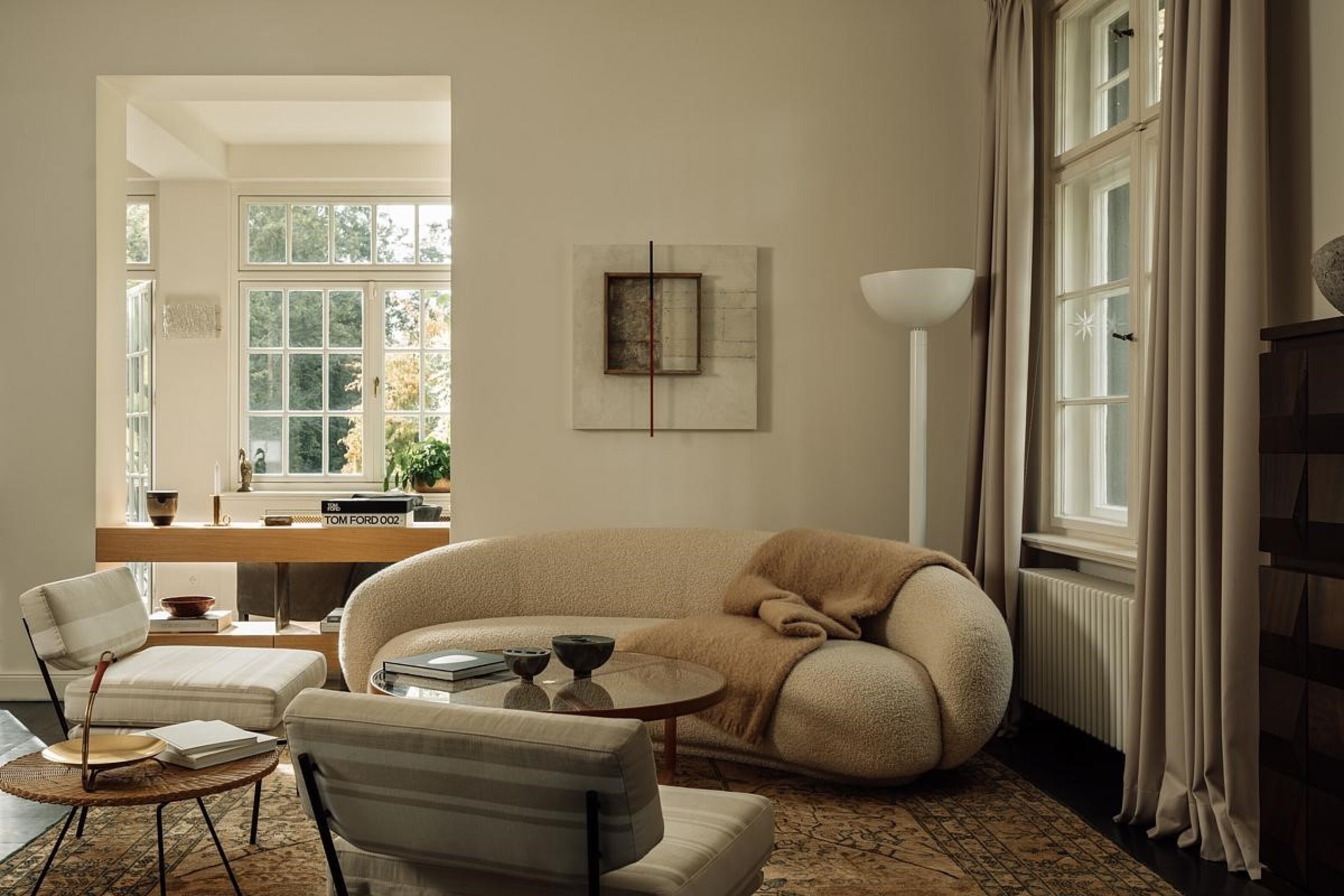
When decorating and furnishing your home, it's easy to get carried away with the latest trends. But this shouldn't be at the expense of comfort, and coziness should always be a priority. This is your home to live in after all, and so your space should always feel inviting and cozy.
‘A comfortable home is the one you want to come back to, spend as much time and invite others to join,’ says designer Ksenia Mezentseva. ‘It’s the place that should make you feel at peace, a place of joy, a place that you want to come home to and host others to share it with you.’
To create a soothing space that helps you unwind at the close of each day, we've spoken to the designers to find out their top tips for making a modern home even more comfortable.
1. Declutter the space
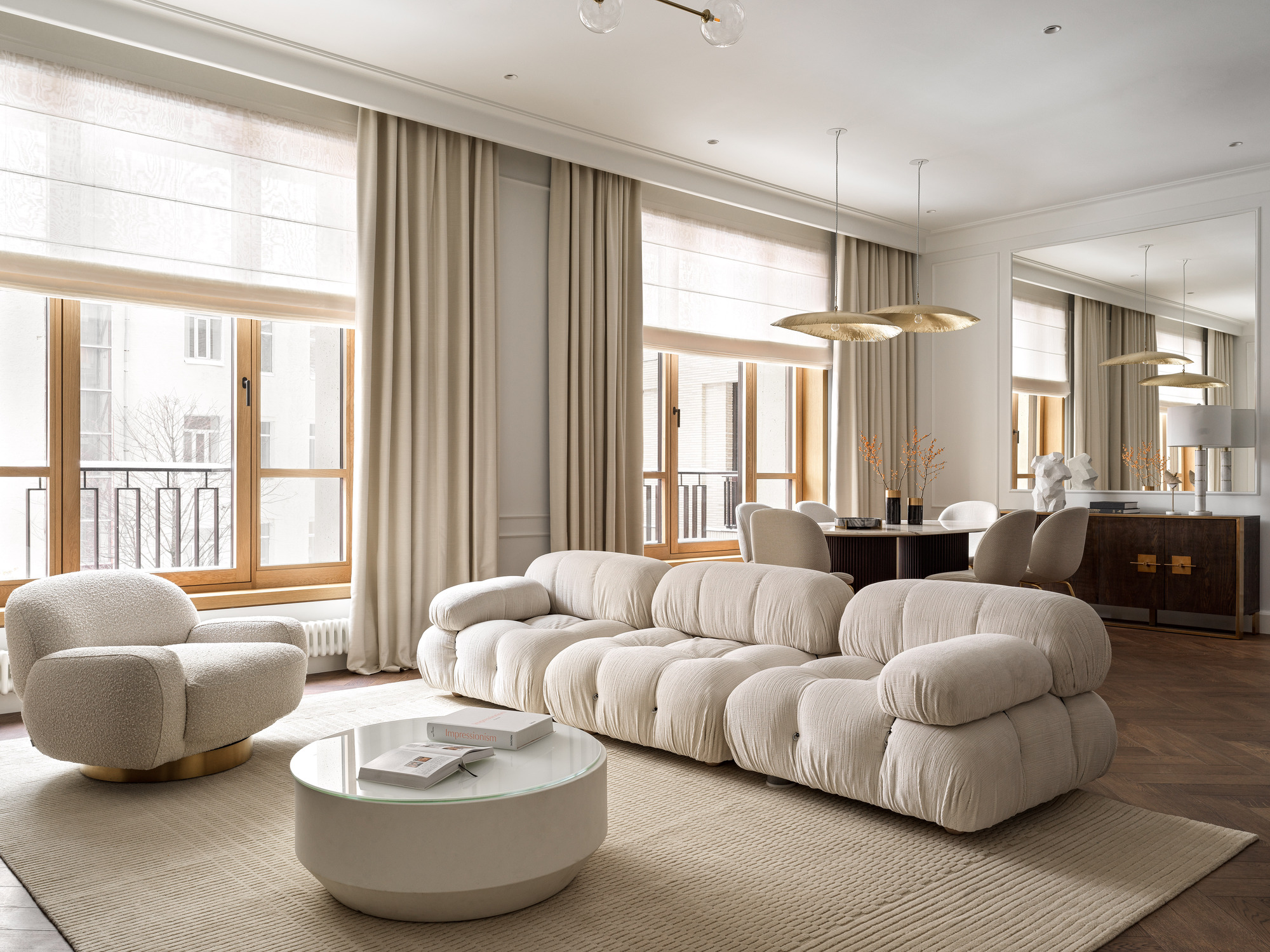
Rule number one to start decluttering. Keeping things tidy and organized helps foster a sense of calm, and a comfortable space is one that is easy to use and navigate. To do this, make the very most of your storage solutions, streamlining the space and reducing the amount of 'stuff' you have by adopting rules like the 90-90 decluttering rule or the 80/20 decluttering rule.
'Make sure you have enough storage space,' says designer Ksenia Mezentseva, who designed the above living room. 'It is extremely important to have enough storage at home for all needs – kitchen utensils and spices, suitcases, shoes and clothing, book and souvenir collections, toys and documents.'
'We often advise to allocate no less than 30 percent of the total area of the house to storage spaces. Without it, the house will feel cluttered and messy. Ideally, the storage has to be built-in or organize in separate storage rooms.'
2. Prioritise warmth
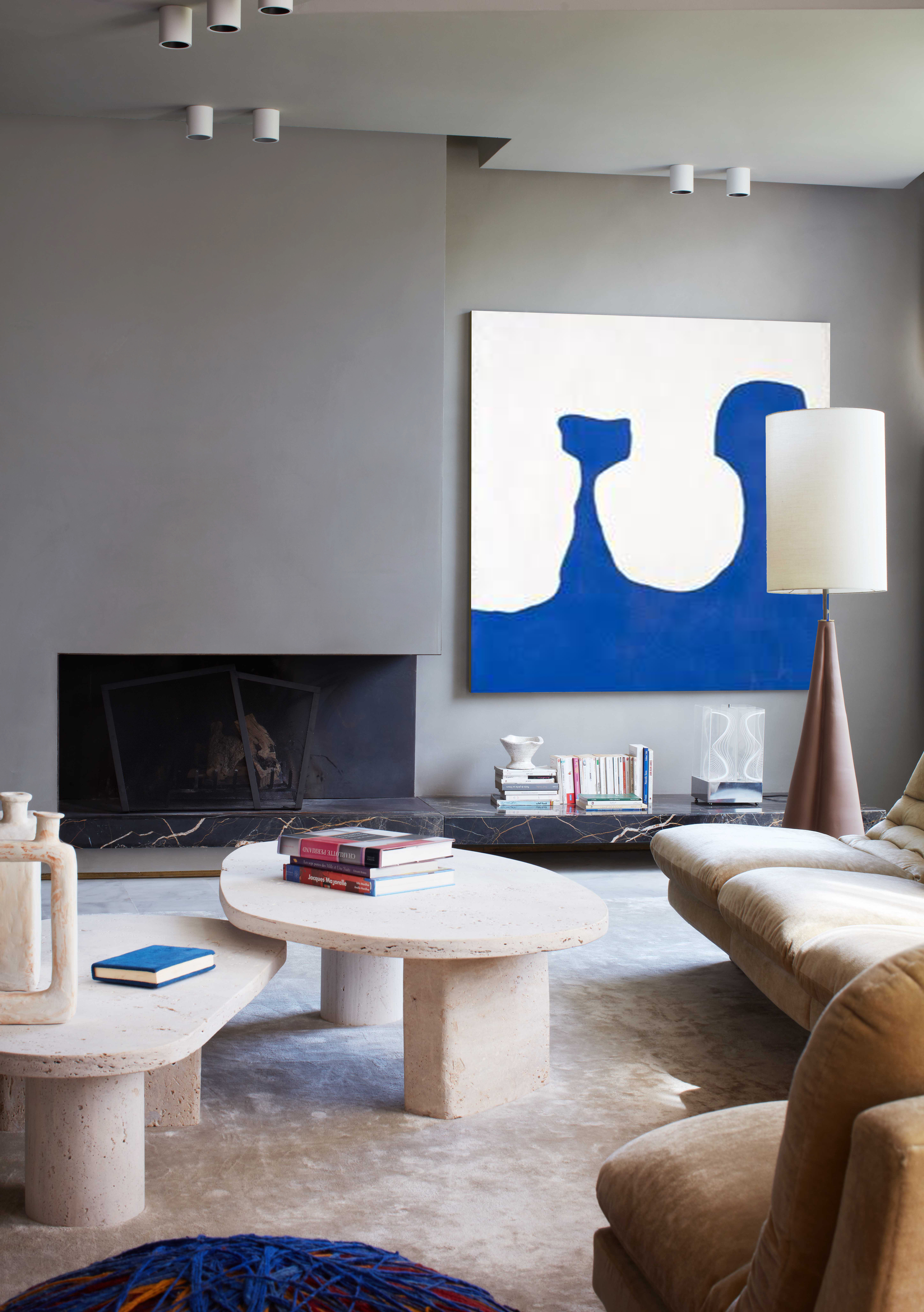
It may sounds obvious, but warmth and temperature is key to comfort. You can have all the lush textures, cozy color palettes and warming fabrics in your home, but if a room feels chilled, it won't feel comfortable and relaxing.
'The right temperature is crucial, says Ksenia. 'Your home shouldn’t feel too cold or hot. Use the right ventilation, air conditioning and purification.'
Incorporate warmth in each of the rooms, considering the heat sources and whether they are the strategically placed for the most efficiency. A fireplace or log fire is always a winning addition that brings a warmth and ambience to any room, but even adding multiple candles can create that fireside feel if a log fire is out of your budget. Throws and blankets are always appreciated by guests, so keep them stored in a living room ottoman or on the sofa arm.
3. Remember a rug
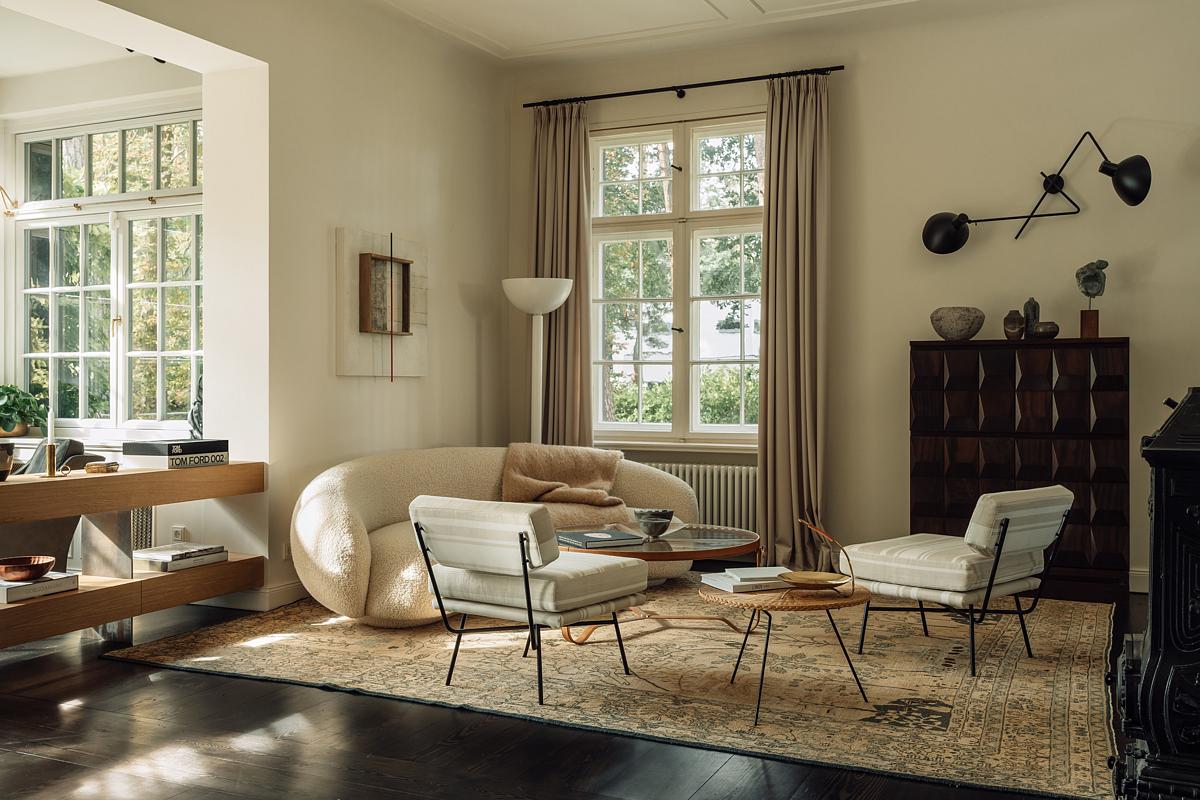
A good rug can transform any room, so if comfort and coziness is your priority, we suggest adding a cozy rug to your scheme. A living room rug will add texture and can contribute to a calming color scheme. For a cocooning effect, going high pile is the best option, helping to insulate and meaning you can go barefoot without getting cold feet.
For the coziest rugs, stay clear of jute rugs which can feel coarse underfoot, and stick to wool with a blend of weaves to create something that feels layered and textured.
For inspiration, look to Jake Arnold's collection with Lulu & Georgia. The overall look is plush and sophisticated, and many use hand-knotted viscose fibers for a beautiful sheen and softness underfoot.
4. Consider function
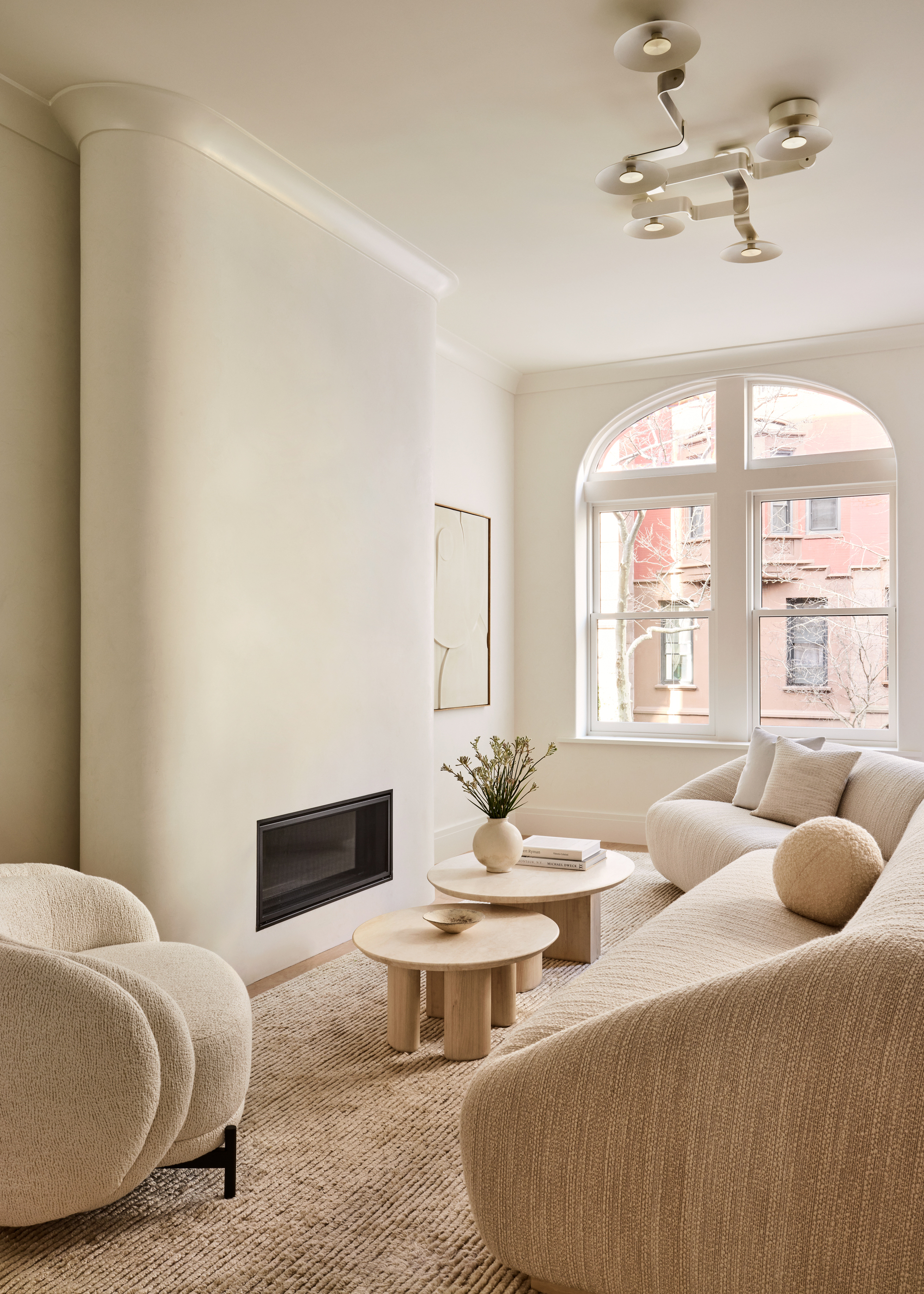
Make things easy for yourself. From end tables that are perfectly placed next to your couch so you can reach for that glass of wine without discomfort, to a strategically placed light switch that makes dimming the light easy from seated position - keeping the whereabouts of your furniture and items just so can make a massive, if subtle, difference to your daily comfort levels.
'Think ergonomically,' says Ksenia. 'Your interaction with all elements of your home is crucial. Where you put your keys in your entryway when you walk-in, where you sit to change your shoes, how far is the closet, how comfortable is your chair and how far it is from the coffee table.
'All of those little things, when combined, make a huge difference in the overall comfort of your daily living.'
5. Use soft furnishings
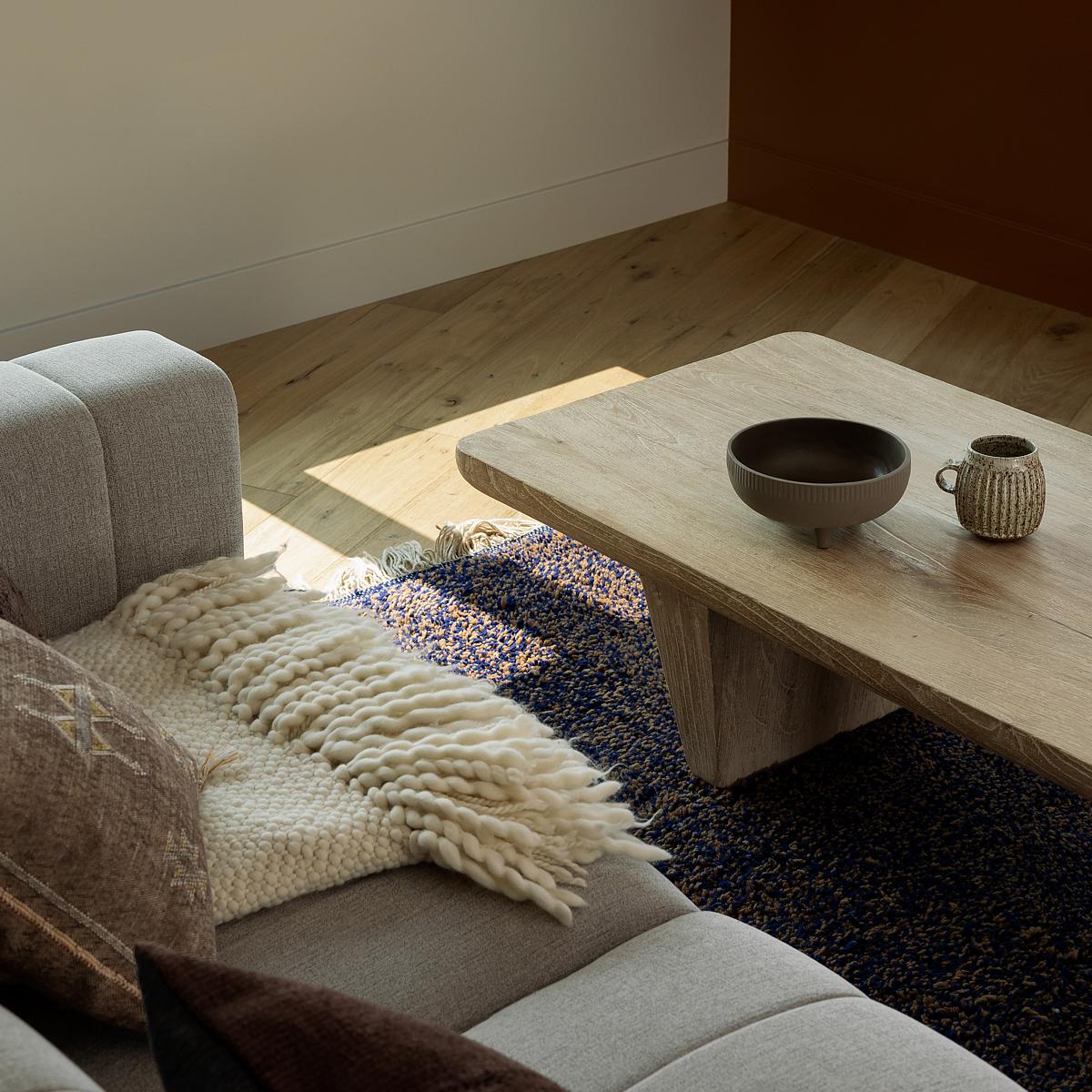
Fabric is hugely important when it comes to creating comfort. Make sure you select the best materials that can really elevate your upholstery game, helping make a living room look expensive and cozy, and keeping things balanced with a range of finishes.
You also want a scheme that feels layered and we love a mix of velvets, sheepskin, bouclé, cotton, and linen to liven up a space. 'It's all about textiles,' says Ksenia. 'From curtains to pillows and carpets, they all make a home softer and more comfortable, and they create a cozy feeling of warmth.'
'Make sure though, that your window treatments don’t take away light and make the room dull,' adds Ksenia.
6. Embrace a warming color scheme
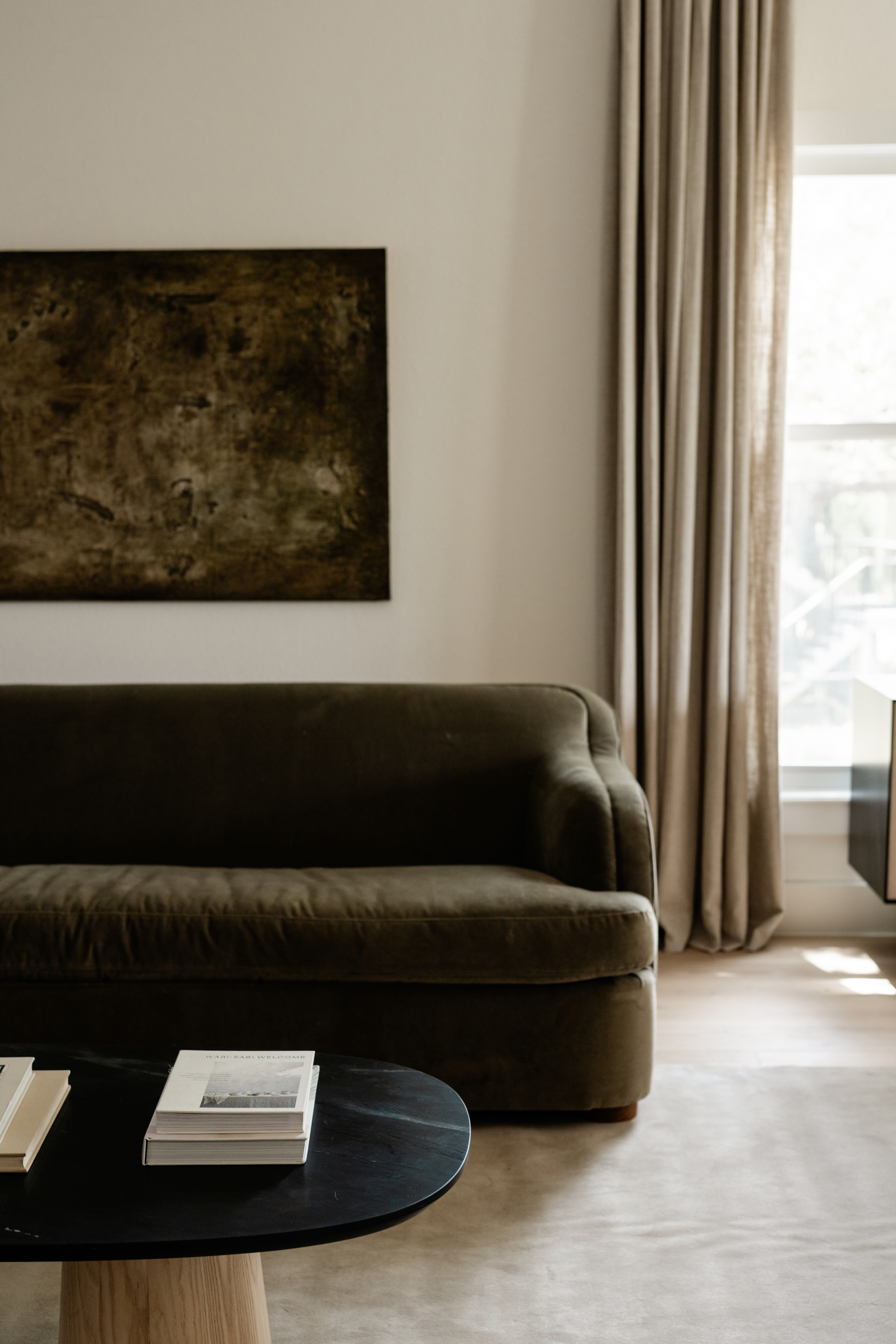
Color is key to comfort. Bright or bold color schemes can foster an uncomfortable atmosphere by feeling straining and harsh on the eye. Think about the colors that are conducive to relaxation and the paint colors that will make you feel calmer.
'In general, to achieve a calm, serene vibe, we keep contrast to a minimum and pull in nature-inspired colors or neutrals,' says Devon Wegman, founder and design director of Chicago firm, Devon Grace Interiors. Pick from a spectrum of neutral shades, trending dark browns and deep purples, and keep bright colors to a minimum, as is showcased by this room designed by Emily Brown of Emily Lauren Interiors.
Part of your color palette is made up of material too. 'Most often, rooms we design are neutral with warmth added through natural textures like wood, chunky fabrics or warm metal tones,' says Devon.
‘Integrating a monochromatic color scheme into your living room too,’ says California-based Lindsay Gerber. ‘A consistent color scheme can transform a large room into an inviting, tranquil space.’
7. Create cozy nooks
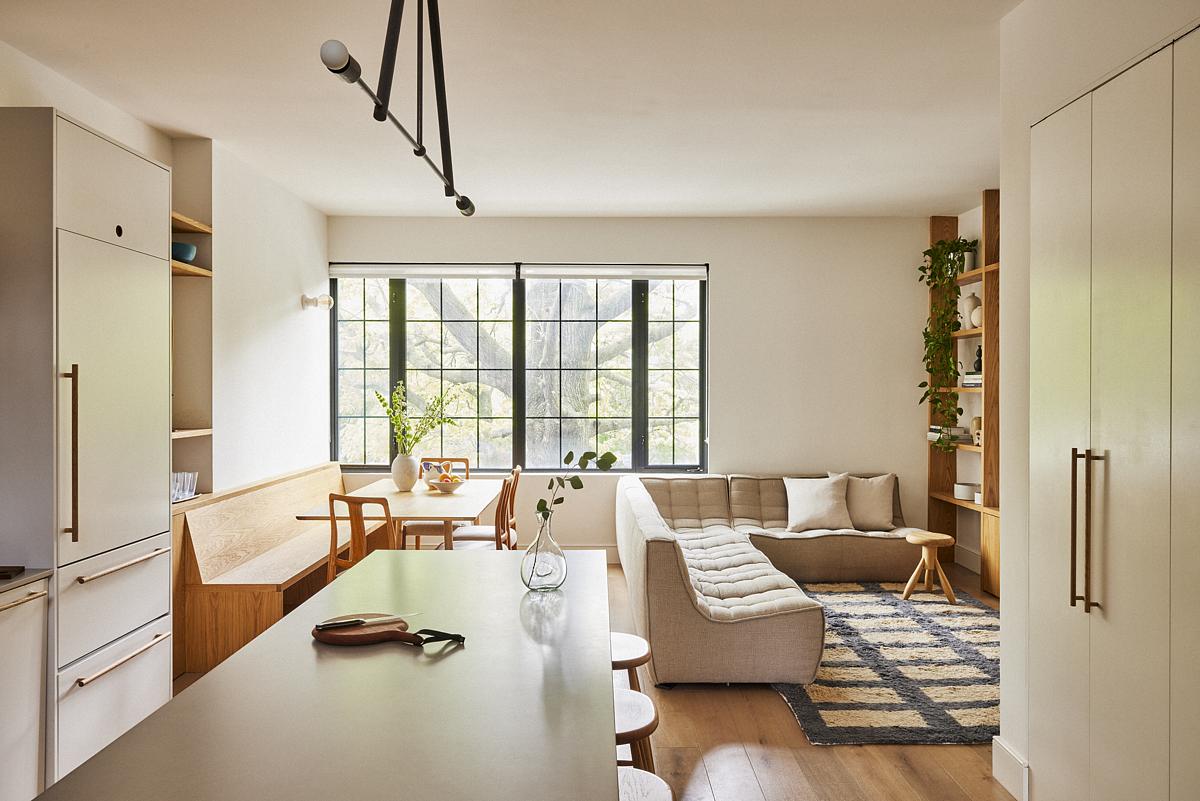
Create cozy corners that beckon you to curl up with a good book by carving up the space. The smaller corners have real potential to provide comfort, where bigger, open plan spaces can often end up feeling cavernous and cold.
I love the way Denise Lee Architect has divided up this open plan space, creating a snug living area with the use of an L-shaped couch, leaving space free for a dining room area too. With the addition of a snug rug underfoot, this cozy corner provides total comfort.
You also want to consider the orientation of these spaces. For example, a window seat in a spot that doesn't get any sunlight might not work best, as designer Jenn Sinclair explains.
'Another super important aspect is also making sure the home is orientated correctly in relation to natural sunlight and ventilation,' says Jenn. 'I don't believe in copying and pasting a floor plan on multiple different sites as one design might not necessarily work well on a different site.'







